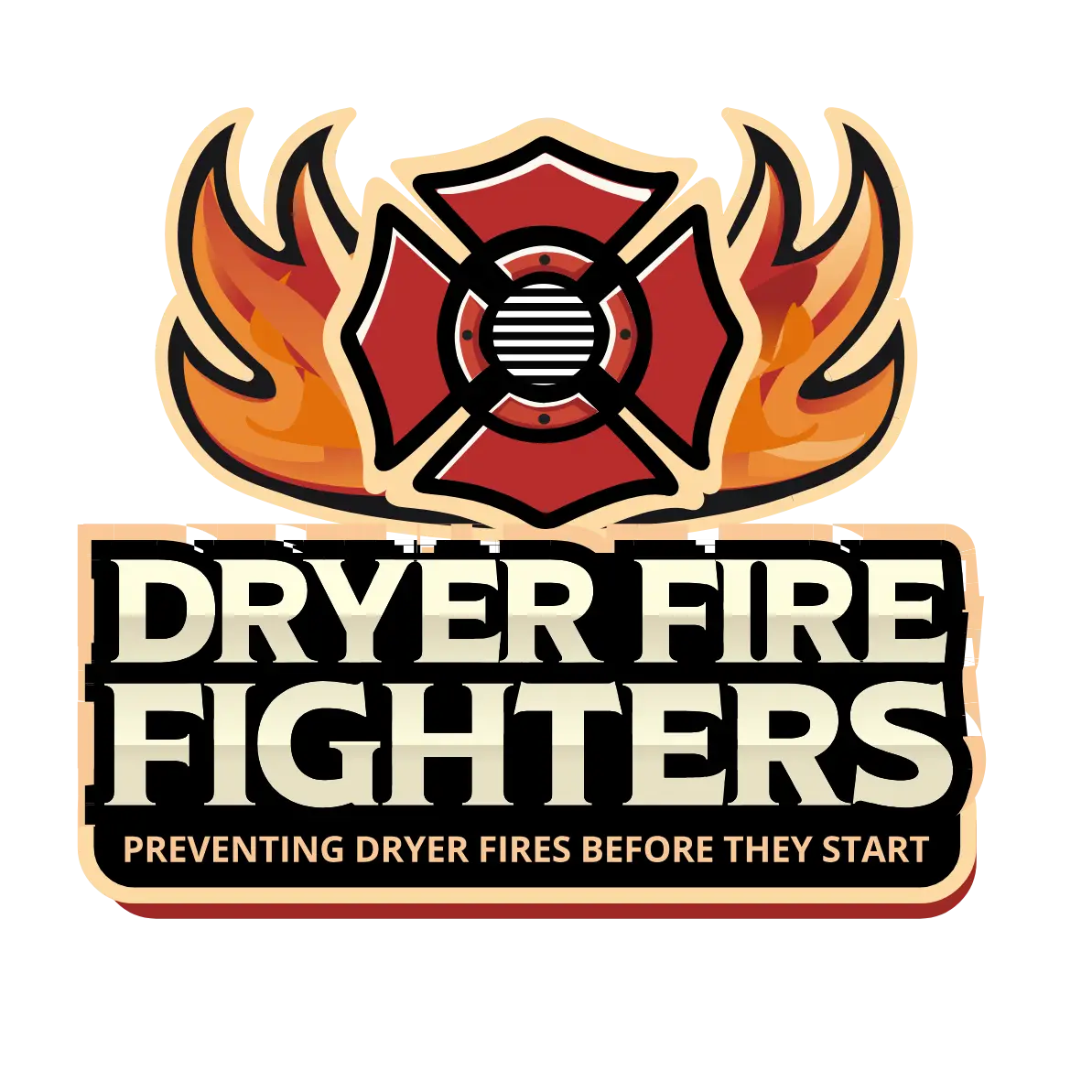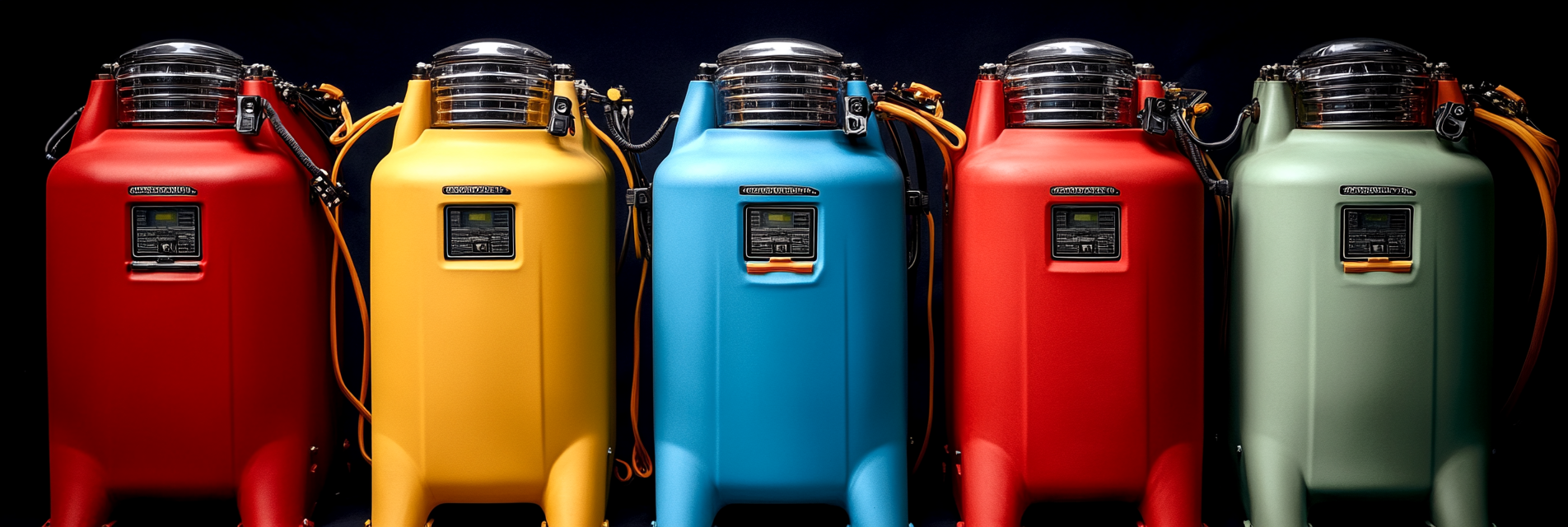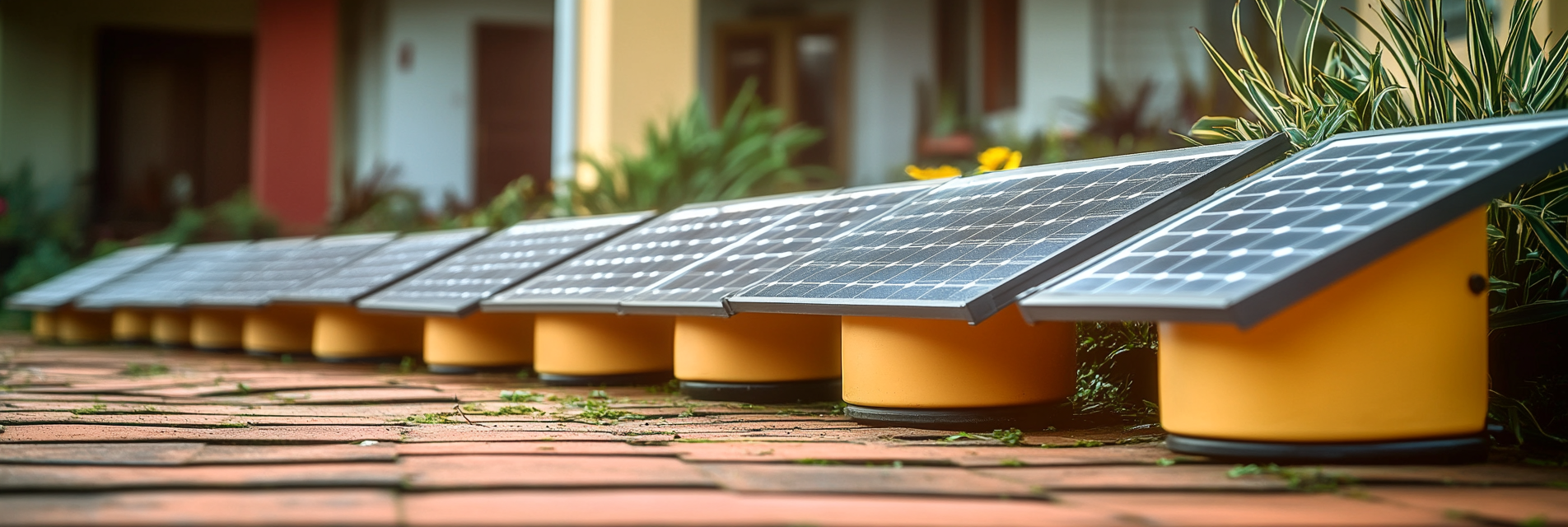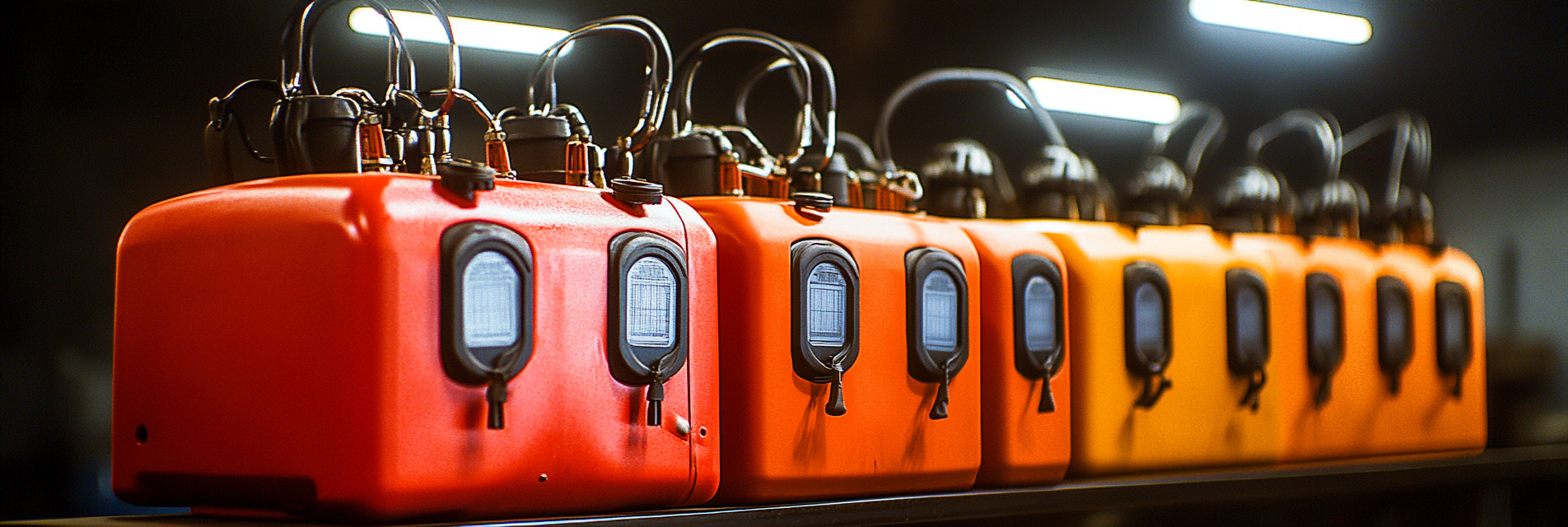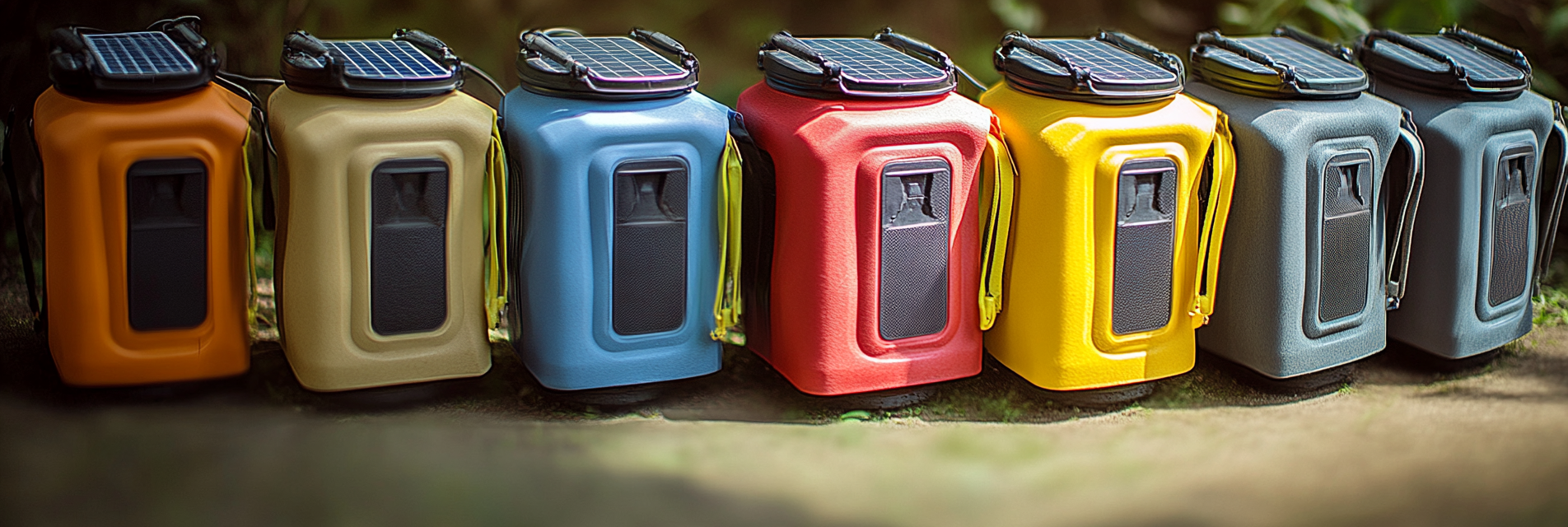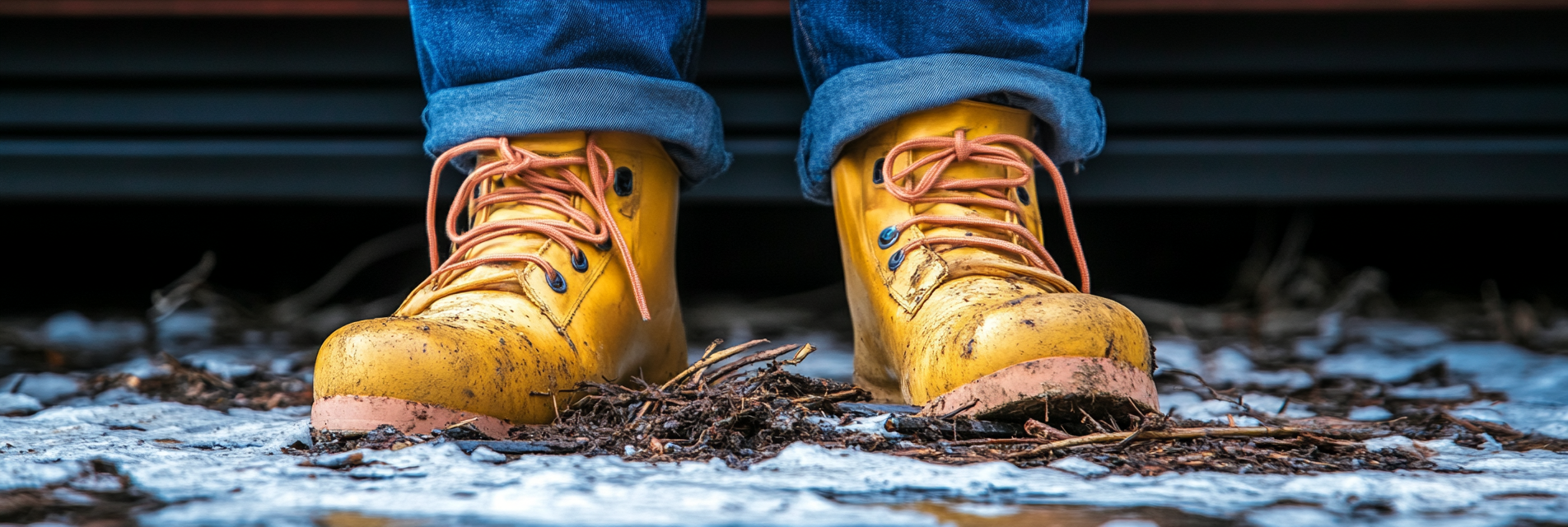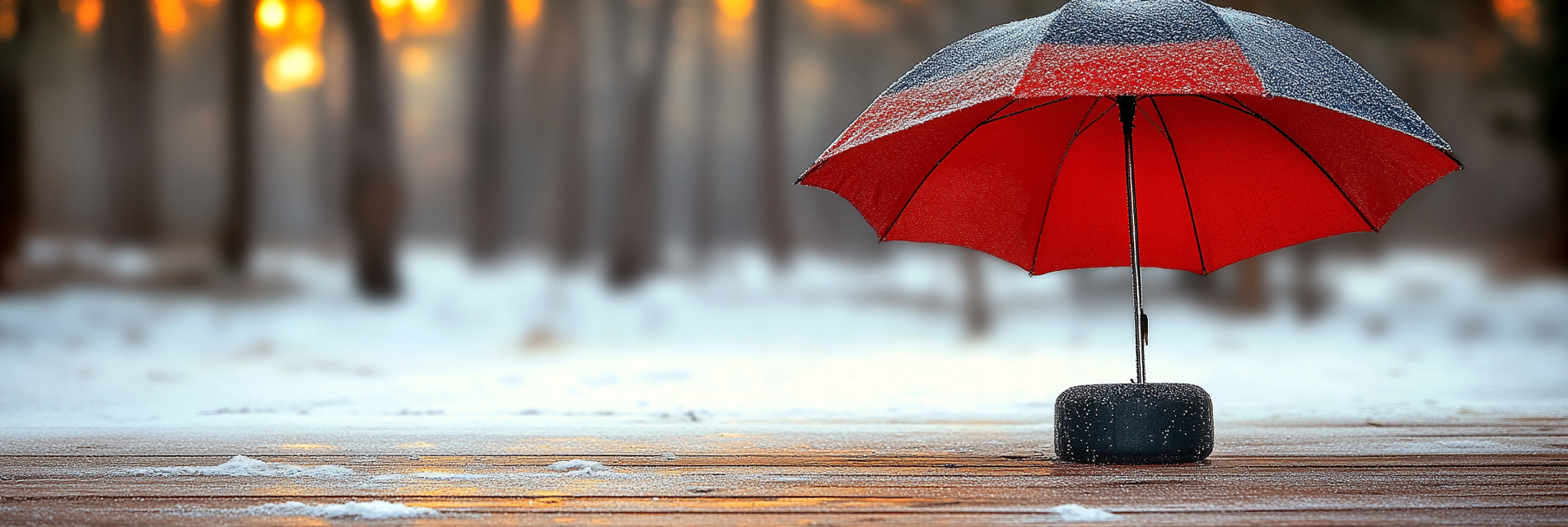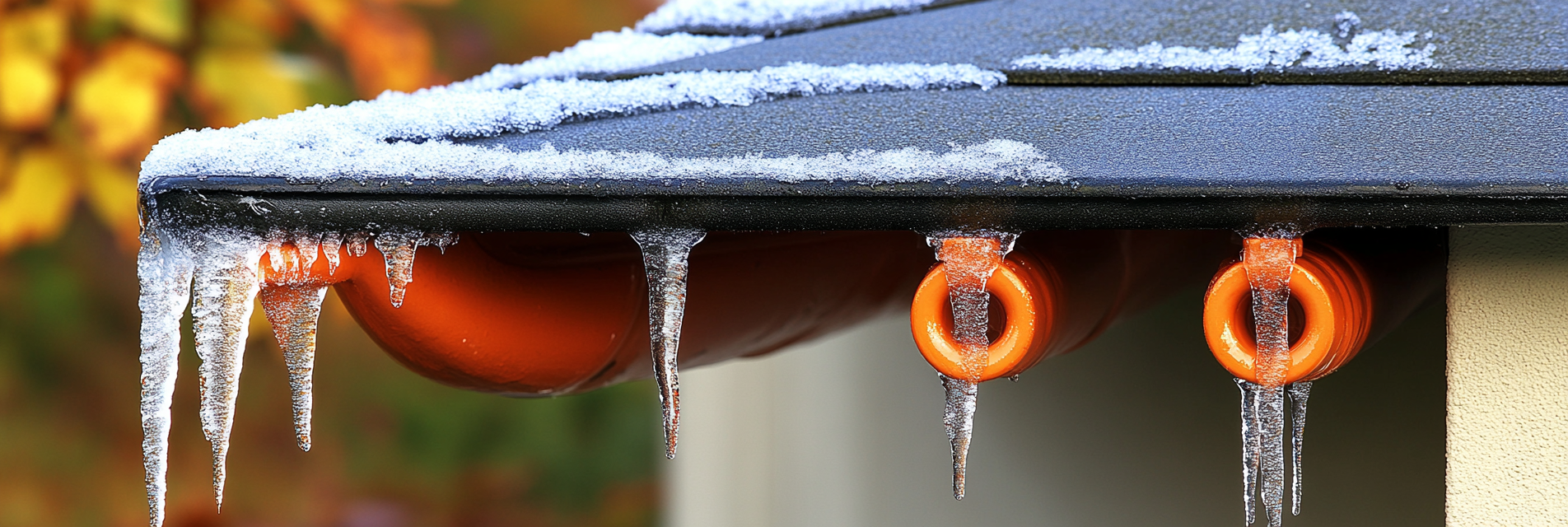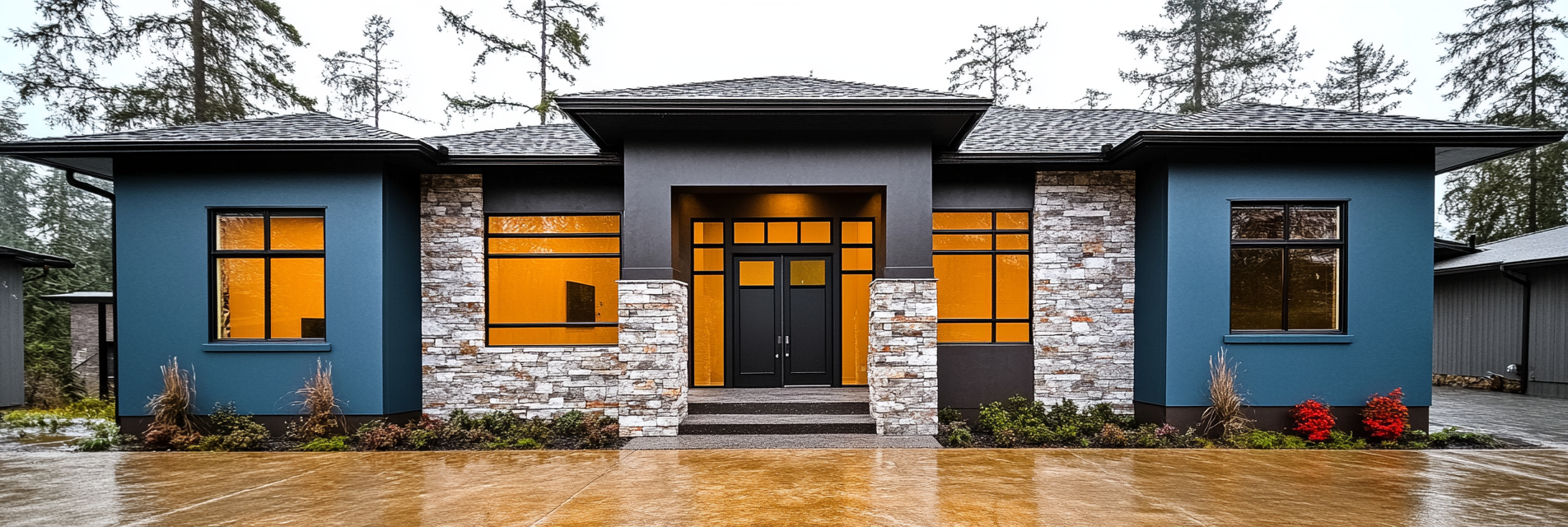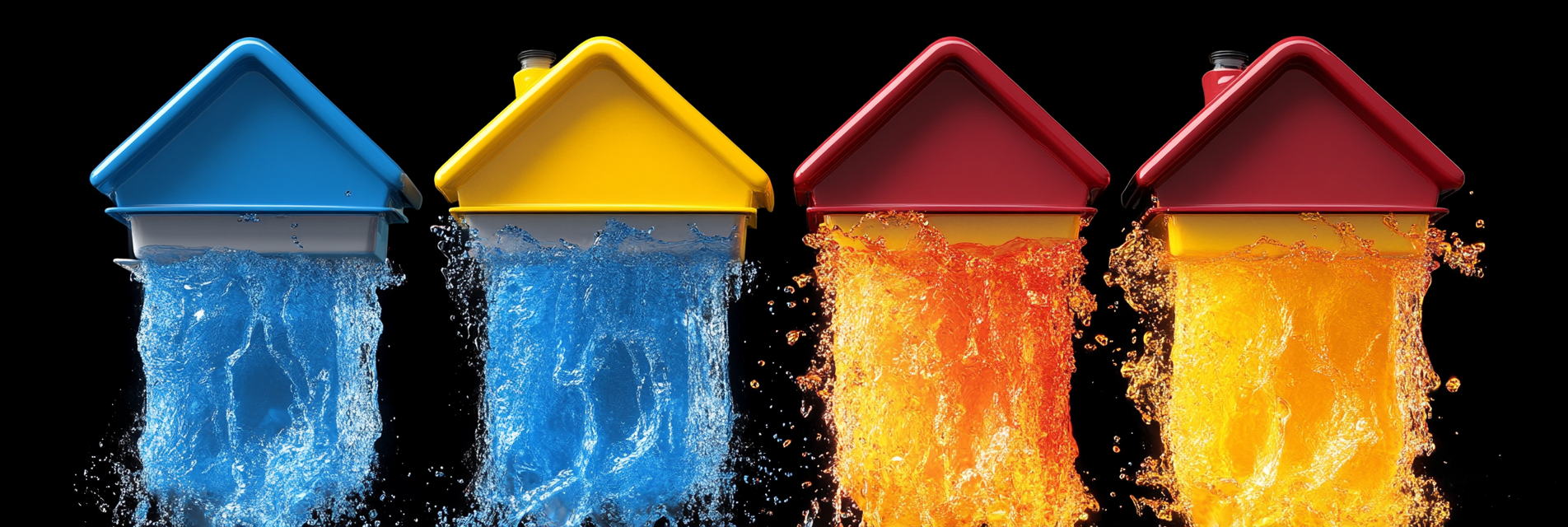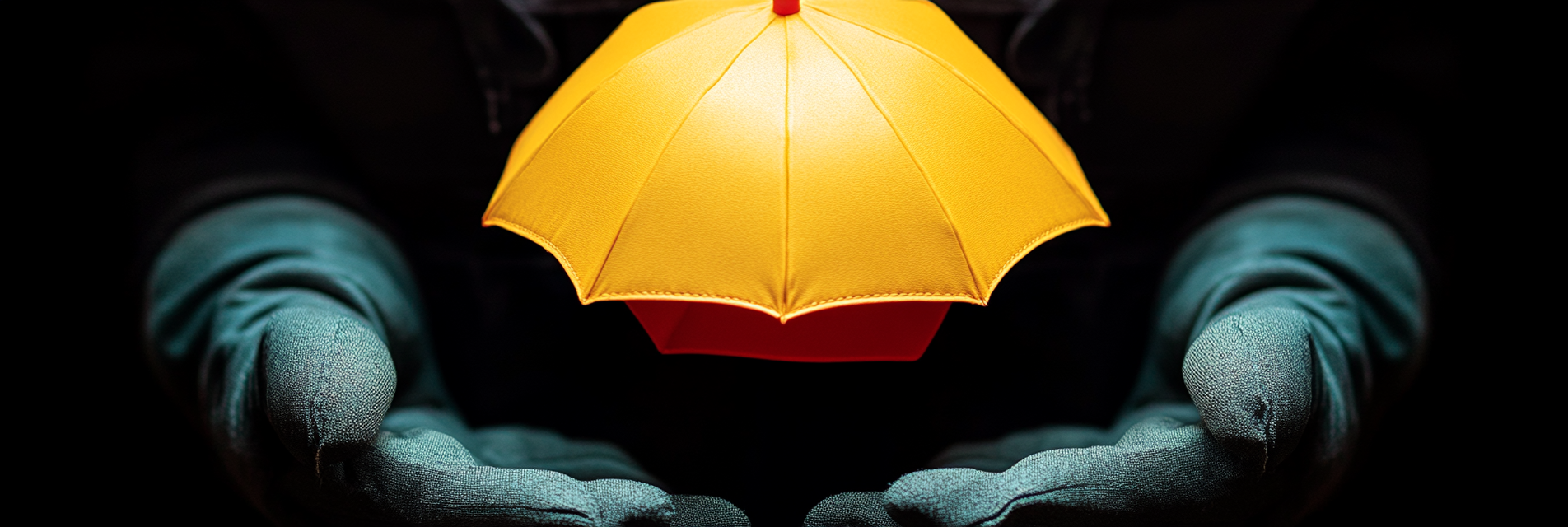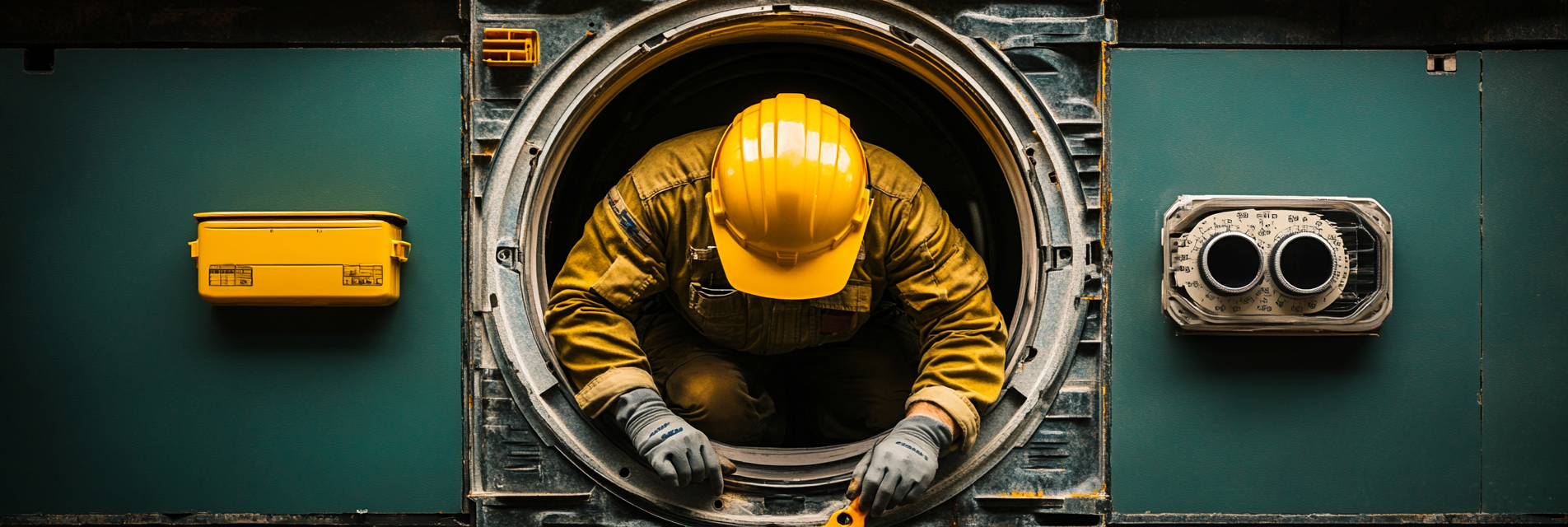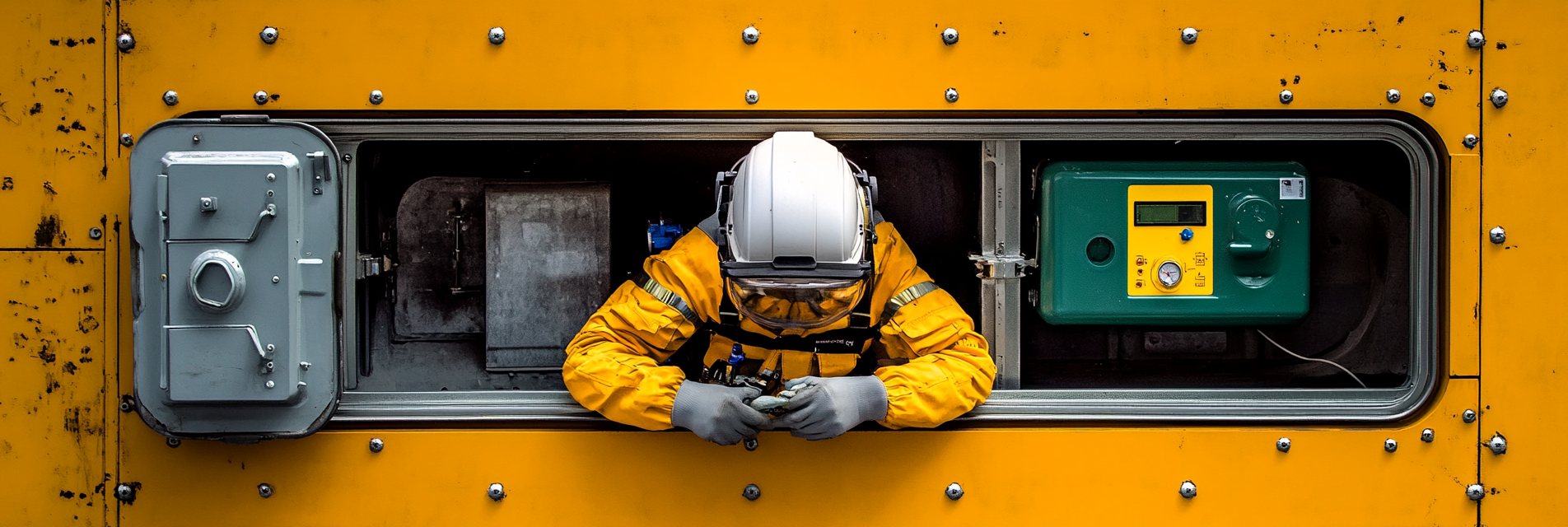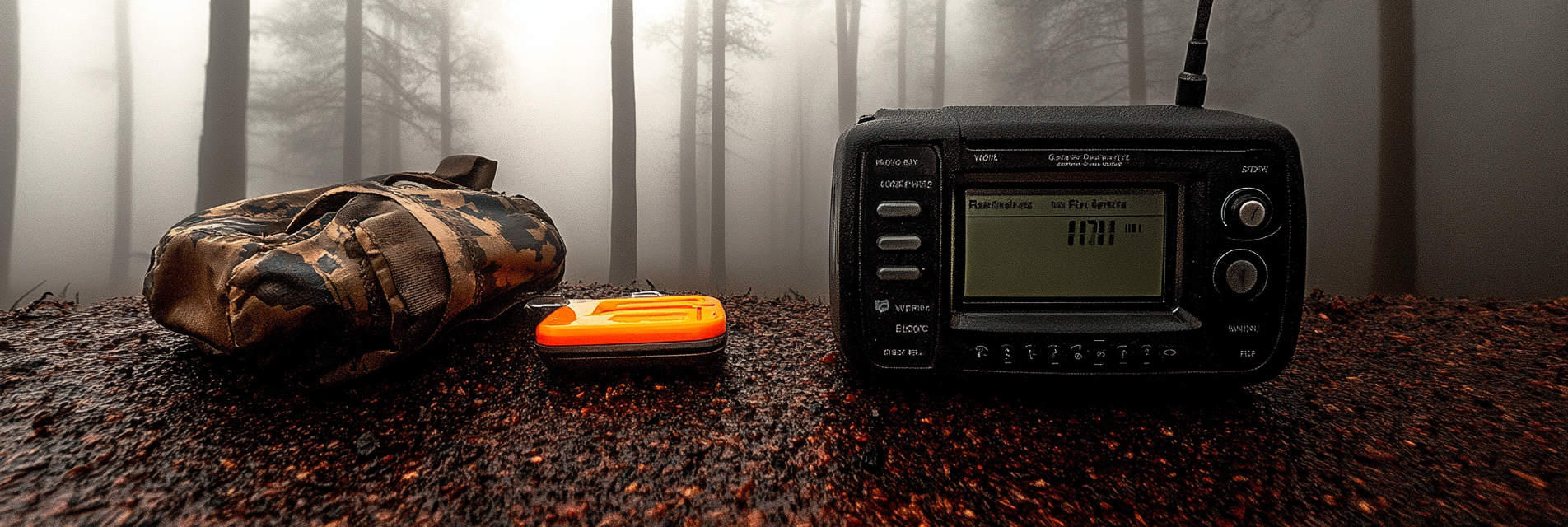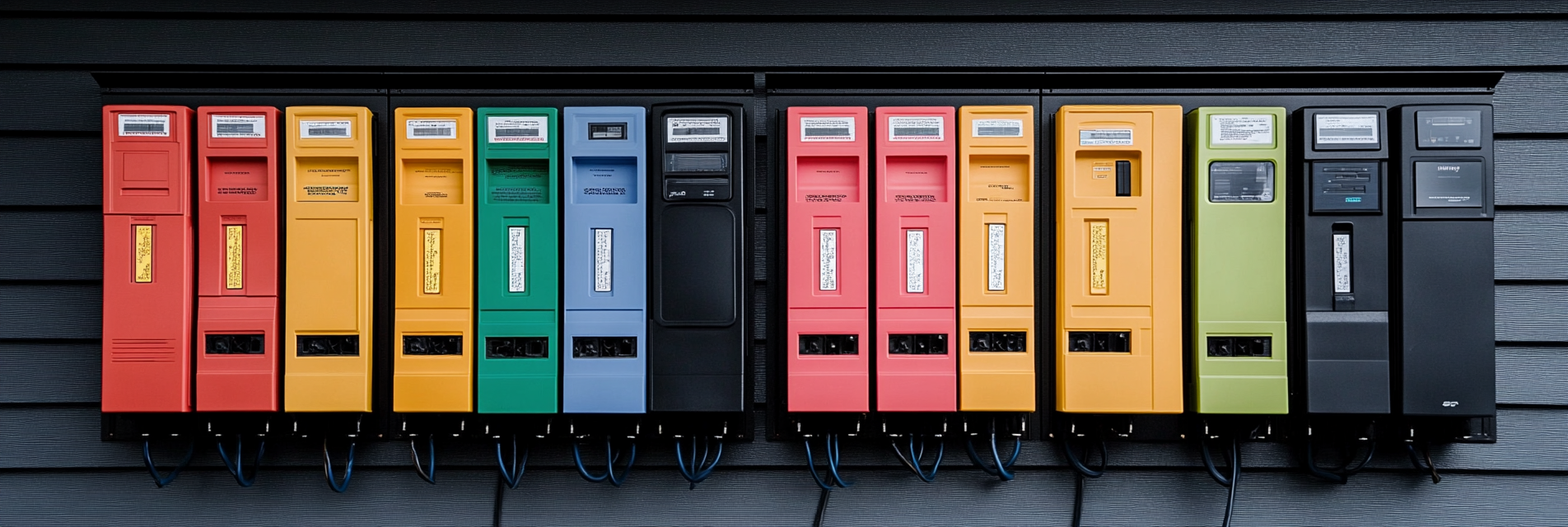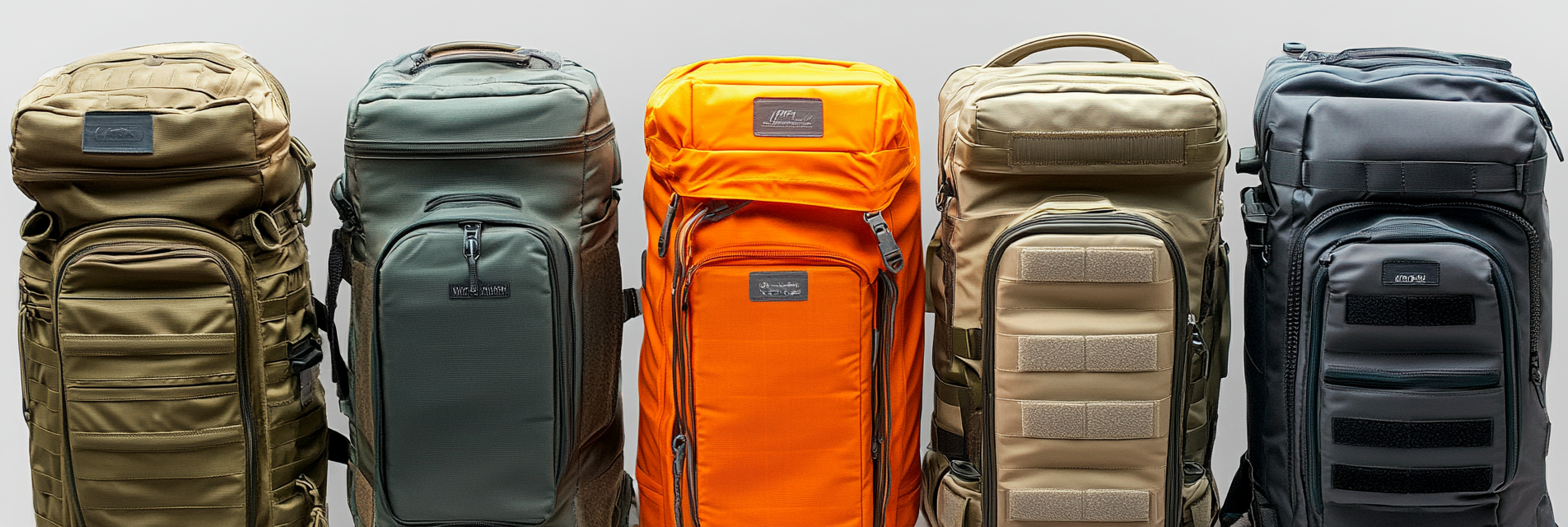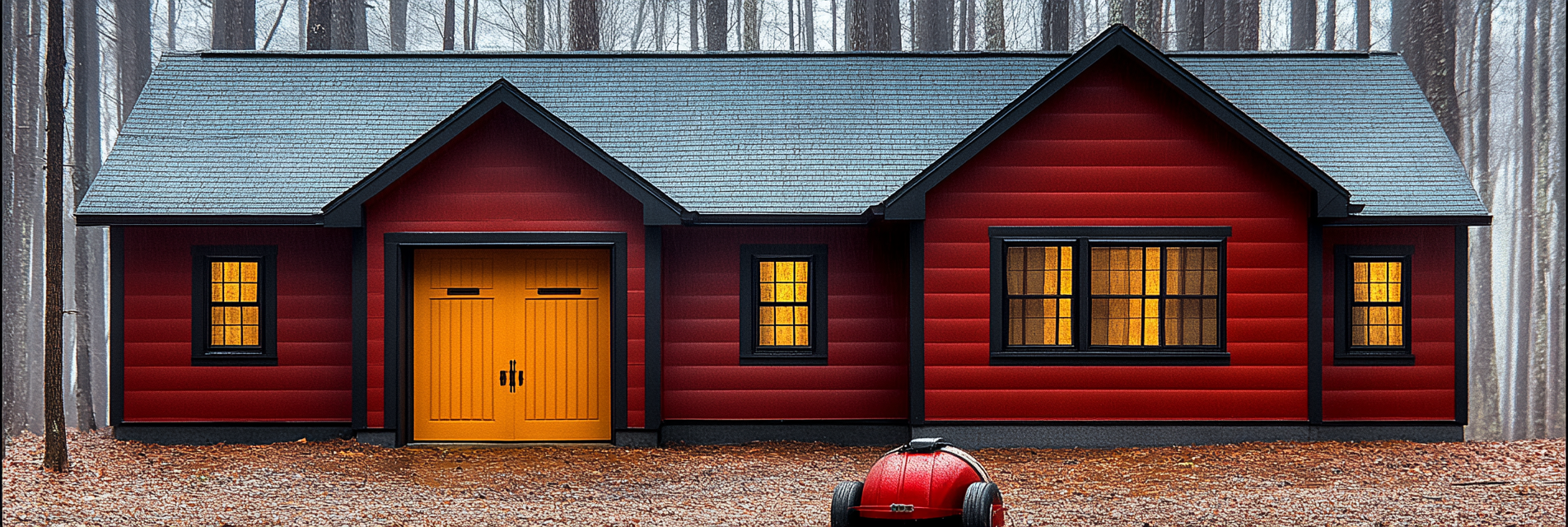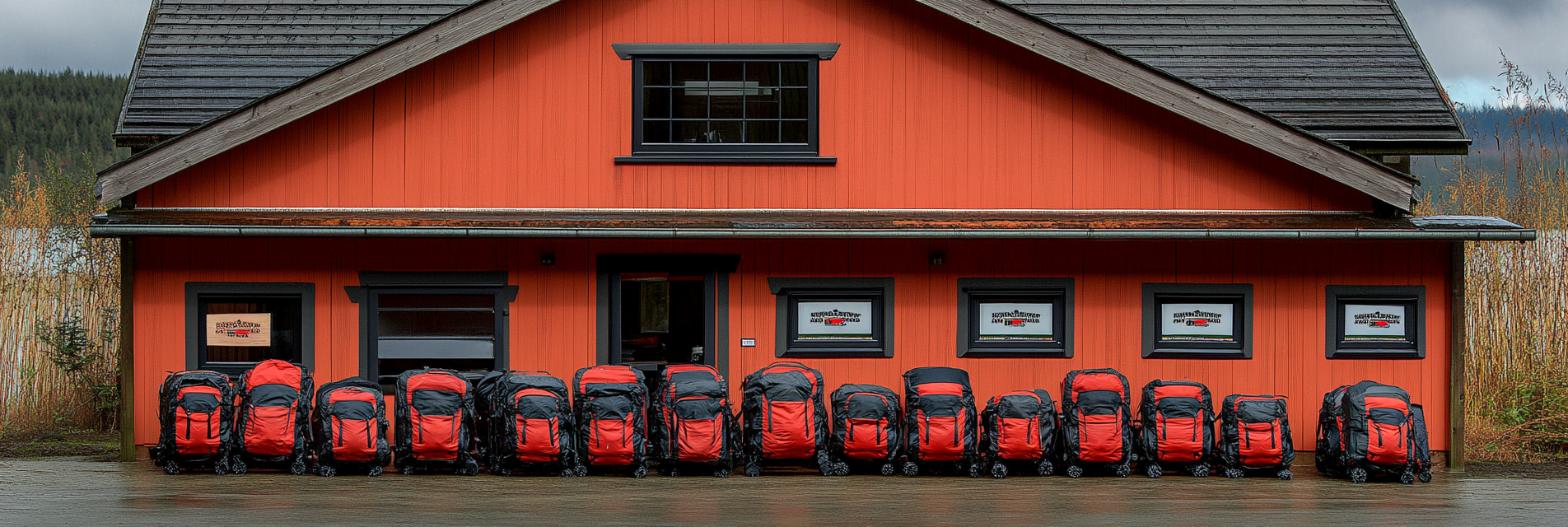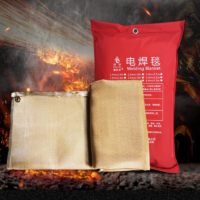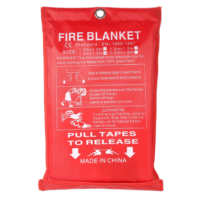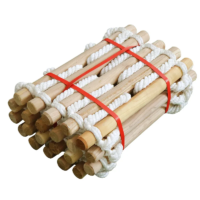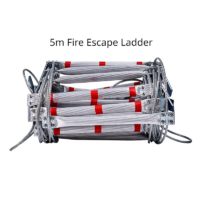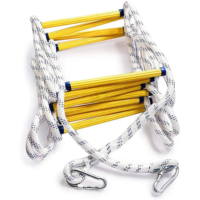Power outages can occur unexpectedly, especially during severe weather events such as windstorms, heavy snow, or even heatwaves. Preparing for power outages ensures that your household stays safe, comfortable, and connected. This article outlines how to prepare your home, what supplies to have on hand, and key safety tips for navigating extended power outages in Washington state.
1. Prepare Your Home for Power Outages
Taking preventative measures helps minimize disruption when the lights go out:
- Install Surge Protectors:
- Protect your electronics from power surges by using surge protectors with high joule ratings.
- Backup Power Solutions:
- Invest in a portable generator or home battery backup system to maintain power for essential devices and appliances.
- Ensure the generator is placed outdoors in a well-ventilated area and follow all safety guidelines to prevent carbon monoxide poisoning.
Product Tip: The Jackery Portable Power Station is a reliable backup battery option that can power small appliances and charge devices during an outage.
2. Stock Up on Emergency Supplies
A well-stocked emergency kit is essential for power outages, particularly if they last more than a few hours:
- Flashlights and Lanterns: Keep LED flashlights, battery-operated lanterns, and headlamps accessible in each room.
- Extra Batteries: Store extra batteries of various sizes to power lights, radios, and other essential devices.
- Food and Water:
- Store at least one gallon of water per person per day for at least three days.
- Stock non-perishable food items that can be eaten without heating, such as canned goods, protein bars, and dried fruit.
- First Aid Kit: Include bandages, antiseptics, pain relievers, and prescription medications.
- Warm Clothing and Blankets: Keep warm layers, sleeping bags, and heavy blankets readily available for cold weather.
3. Alternative Lighting and Heating
When the power goes out, having alternative lighting and heating solutions is crucial:
- Battery-Operated Lanterns and Candles: Use flameless LED candles and battery-operated lanterns for safe illumination.
- Space Heaters: Choose propane or kerosene heaters specifically designed for indoor use. Follow safety instructions and ensure proper ventilation.
- Fireplace or Wood Stove: If you have a wood-burning fireplace or stove, keep a supply of dry firewood available.
Safety Tip: Avoid using open-flame candles as they pose a fire risk, especially during emergencies when visibility is limited.
4. Maintain Communication
Staying informed and connected is vital during a power outage:
- Battery-Powered or Hand-Crank Radio: Keep a NOAA weather radio on hand for updates and emergency broadcasts.
- Power Banks and Solar Chargers: Maintain fully charged power banks and solar chargers to keep phones and other small devices operational.
- Emergency Contact List: Ensure that your family members have an updated list of contacts, including local emergency services and nearby friends or relatives.
5. Food Safety During an Outage
Power outages can compromise food safety, so knowing how to handle perishables is important:
- Keep Refrigerators Closed:
- Keep the refrigerator and freezer doors closed as much as possible. A full refrigerator will keep food safe for up to 4 hours, while a full freezer maintains its temperature for about 48 hours.
- Use a Cooler with Ice Packs: If the power outage is prolonged, transfer essential perishable items to a cooler with ice packs.
- Discard Unsafe Food: When in doubt, throw it out. Food that has been above 40°F for more than two hours should be discarded.
6. Protect Your Water Supply
Ensure you have a safe water supply during an extended outage:
- Stock Bottled Water: Keep a supply of bottled water for drinking, cooking, and hygiene.
- Boil Water Advisory: Follow any boil water advisories issued by local authorities to ensure your water is safe for consumption.
- Water Purification Options: Consider water purification tablets or portable water filters as an additional safety measure.
Product Tip: The LifeStraw Personal Water Filter is a compact and reliable tool for purifying water during emergencies.
7. Prevent Carbon Monoxide Poisoning
Many power outage solutions involve using fuel-based equipment, so safety is paramount:
- Use Generators Safely:
- Operate generators outdoors, away from windows, doors, and vents to prevent carbon monoxide buildup.
- Install Carbon Monoxide Detectors: Ensure your home has battery-operated or battery-backed carbon monoxide detectors in key areas.
- Avoid Using Grills or Camp Stoves Indoors: These produce dangerous levels of carbon monoxide and should only be used outdoors.
8. Prepare for Extended Outages
When power outages last longer than anticipated, having long-term solutions helps maintain comfort:
- Solar Panels: If feasible, consider installing solar panels with battery storage to generate power independently.
- Manual Tools: Keep manual can openers and hand tools on hand for meal preparation and minor repairs.
- Plan Activities: Have board games, books, and other non-electric activities ready to keep everyone entertained and mentally engaged.
9. Safety After the Power Returns
After the power is restored, follow these steps to ensure safety:
- Check Appliances: Gradually turn on appliances and electronics to prevent overloading circuits.
- Inspect Food: Reassess perishable food items and discard any that may have spoiled.
- Replenish Supplies: Restock your emergency kit with items used during the outage, including batteries, bottled water, and non-perishable food.
Conclusion
Preparing for power outages is essential for safety and comfort, especially during extreme weather conditions. By taking the time to stock up on emergency supplies, invest in backup power solutions, and create a family communication plan, you can better manage an unexpected outage. Paul Lindberg’s Dryer Fire Fighters emphasizes the importance of being prepared to ensure your household remains safe and resilient during power interruptions.
Serving the communities of:
Kennewick | Pasco | Richland | West Richland | Finley | Burbank | Benton City | Prosser | Grandview | Connell
As the sole certified dryer exhaust technician recognized by CSIA.org in the Tri-Cities area, Paul brings a wealth of expertise to fire prevention. His primary focus lies in addressing the root cause of many residential fires: lint buildup in dryer cavities and vents. Through rigorous inspections and thorough cleanings, Paul ensures that families and businesses can enjoy peace of mind, knowing their properties are safeguarded against fire risks.
